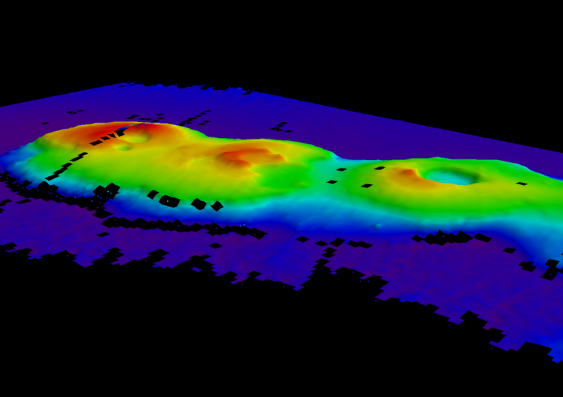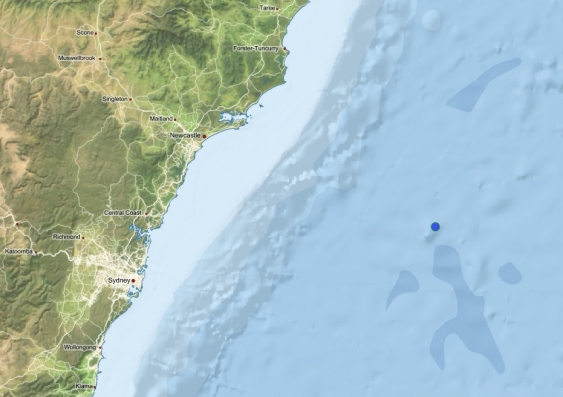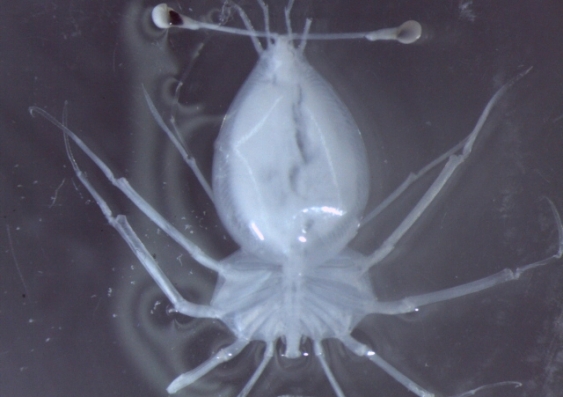50 million-year-old volcano cluster discovered off Sydney
Australia’s new ocean-going research vessel Investigator has discovered extinct volcanoes likely to be 50 million years old about 250 kilometres off the coast of Sydney during a UNSW-led expedition.





